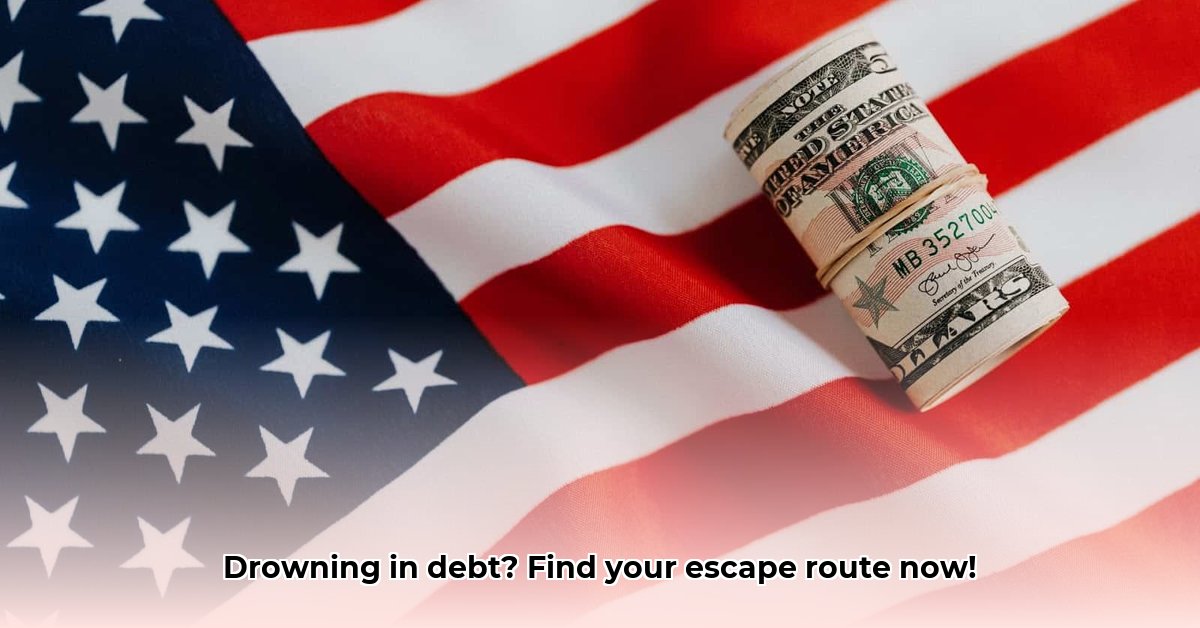
Is debt keeping you up at night, tjom? You're not alone. Many South Africans face financial challenges, but finding the right solution can feel overwhelming. This guide will help you navigate the options and choose the best path to financial freedom. We'll explore debt settlement (including National Debt Relief), Debt Management Plans (DMPs), bankruptcy, and self-managed debt reduction, providing practical steps to get you back on track.
Understanding Your Debt: A Financial Check-up
Before diving into solutions, let's assess your situation. This is like getting a map before embarking on a journey. Gather your bank statements, credit card bills, and loan documents. Calculate your total debt – every rand counts.
Next, honestly assess your monthly income and expenses. Knowing your net income (after tax) is crucial. Finally, check your credit score. A good score opens more doors; a poor one limits your options. A strong understanding of your financial health is the cornerstone of a successful debt relief strategy. Are you ready to take control and see where you stand?
Your Debt Relief Options: Exploring the Possibilities
Several paths can lead to debt relief. Let’s explore them:
Debt Settlement (like National Debt Relief): A company negotiates with your creditors to lower your debt. National Debt Relief, for instance, acts as your negotiator. This usually takes 2-4 years and involves fees, typically a percentage of the debt reduced. Think of it as hiring a professional debt negotiator. How much time and money are you willing to invest in this approach?
Debt Management Plans (DMPs): A credit counsellor helps you create a repayment plan with lower interest rates and longer repayment periods (often 3-5 years). It's a gentler approach that impacts your credit score less than other methods. Will this longer repayment period work for your financial situation?
Bankruptcy: A legal process where the court helps manage your debts, shielding you from creditors. But it significantly damages your credit score for years. It's typically a last resort. What are the long-term implications of this drastic measure on your creditworthiness?
Do-It-Yourself (DIY) Debt Reduction: You manage everything yourself – contacting creditors, negotiating payments. This requires strong financial skills and time but potentially saves on fees. Are you confident in effectively negotiating with creditors on your own?
Here's a comparison:
| Method | Credit Score Impact | Time to Resolution | Cost | Risk of Legal Issues |
|---|---|---|---|---|
| Debt Settlement (NDR) | Moderate Negative | 2-4 years | High (performance based) | Low |
| Debt Management Plan (DMP) | Minimal Negative | 3-5 years | Moderate to Low | Low |
| Bankruptcy | Significant Negative | Varies | Low | Low |
| Self-Managed Negotiation | Potentially Negative | Long | Low | Moderate |
Choosing the Right Strategy: Finding Your Best Fit
The best approach depends on your situation and risk tolerance. Ask yourself:
- How much debt do I have? A small debt needs a different strategy than a large one.
- What's my monthly income after expenses? More wiggle room means more options.
- What's my credit score? A good score opens more doors.
- How much risk am I willing to take? Some options are riskier than others.
Here’s a simplified decision tree:
- Large Debt, Poor Credit? Consider National Debt Relief or, as a last resort, bankruptcy.
- Moderate Debt, Decent Credit? A DMP could be suitable.
- Small Debt, Good Credit? Self-management might work.
Next Steps: Taking Action
Once you’ve chosen, act!
- Debt Settlement (like NDR): Research reputable companies.
- DMP: Find a certified credit counsellor.
- Bankruptcy: Consult a lawyer.
- Self-Managed Reduction: Create a detailed budget and learn negotiation strategies.
Professional advice is invaluable. A financial advisor can help create a personalised plan. Remember, reclaiming your financial health is possible. It takes effort, but it is achievable. What step will you take today to improve your financial future?